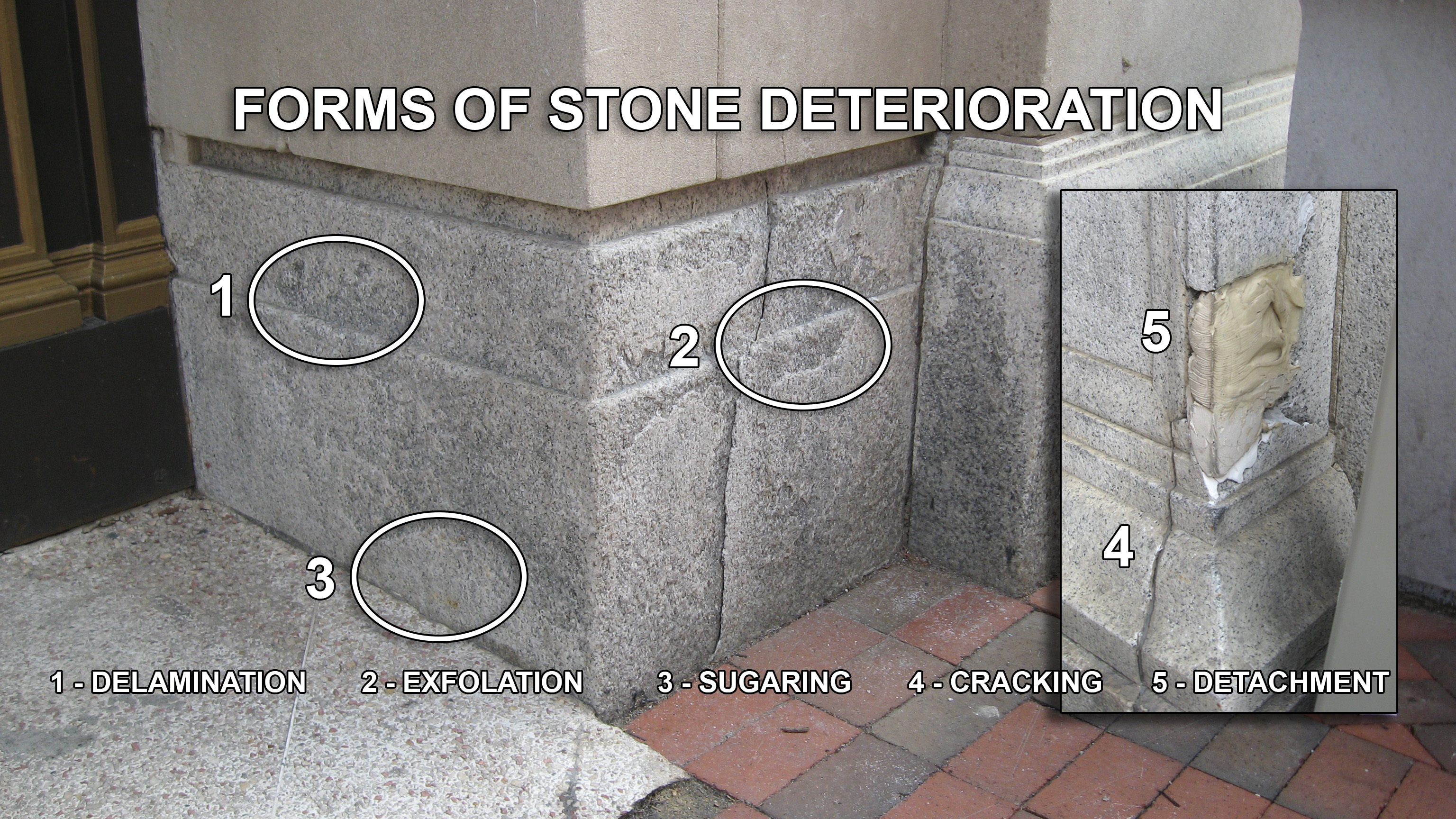Preserving the Past: The Value of Rock Restoration

In a world where new construction often takes priority over maintenance, the value of stone restoration cannot be undervalued. Rock edifices, whether they are ancient constructions, overpasses, or walkways, hold stories and skill that shape our cultural legacy. They are not merely substances; they represent the creativity and work of those who came before us. By focusing on rock rehabilitation, we not only protect these valuable assets but also add to the sustainability of our environment, reducing the need for fresh supplies.
As homeowners and groups look to maintain their historical landscapes, grasping the details of rock rehabilitation becomes vital. From recognizing when it is time to restore your rock features to avoiding common errors that can undermine the structure of the foundational elements, there is much to explore. This guide will cover the essentials from the top techniques for preserving your stonework to the significant role of restoration in honoring our heritage. Join us as we delve into the art and science behind rock rehabilitation and learn how maintaining the past can improve our future.
The Importance of Stone Restoration
Stone restoration plays a crucial role in preserving the visual and physical integrity of both historic and modern buildings. Stone surfaces, whether they are facades, walkways, or interiors, can sustain damage from wear and tear due to exposure to the elements like weathering, pollution, and daily use. By repairing these surfaces, we not only protect the aesthetic value of our design heritage but also extend the longevity of these buildings. who handles commercial marble polishing in sydney ensures that the narratives and artistry embedded in stone are not lost to time.
Furthermore, the restoration of stone is an integral aspect of eco-friendly methods in construction and home improvement. Opting to restore rather than replace stone surfaces reduces material waste and lowers the carbon footprint associated with new materials. It coincides with the principles of conservation and historical respect, allowing those to come to enjoy these landmarks. By putting resources in the restoration of stone, property owners contribute to a wider movement that prioritizes environmental stewardship.
Lastly, restoring stone surfaces can significantly increase property value. Well-maintained stonework adds both aesthetic charm and stability, making properties more appealing to potential buyers. This effort not only safeguards the original character and charm of a building but also shows a commitment to quality and preservation. In an era where preserving history is ever more valued, stone restoration stands out as a vital element in the broader context of home and building restoration efforts.
Common Errors in Stone Restoration
One of the most frequent mistakes made in stone restoration is the use of incorrect cleaning methods. Many homeowners attempt to clean their stone surfaces with harsh chemicals or rough tools, which can lead to damage to the surface. It's essential to understand the type of stone being restored and choose cleaning products formulated for that material. Using pH-balanced cleaners and non-abrasive cloths or brushes is often a better approach that can prevent long-term harm.
Another common mistake is overlooking the importance of proper moisture control. Excessive dampness can lead to mold growth and decay of stone structures. It's vital to evaluate the adjacent environment and ensure that proper drainage and ventilation are in place. Using sealers that are appropriate for the type of stone can also help maintain its condition by providing a barrier against moisture infiltration.
Lastly, many people overlook the significance of professional help when necessary. While some restoration projects may seem doable, certain situations require the expertise of trained professionals. Missteps in restoration can result in more significant damages and higher costs down the line. Engaging with qualified restorers can ensure that the job is done correctly and preserve the stone’s cultural and aesthetic value.
Tips for Maintaining Stone Surfaces
In order to keep your stone surfaces looking their best, regular cleaning is essential. Utilize a gentle brush or cloth to eliminate dust and debris, and refrain from using aggressive chemicals that could harm the stone. Instead, choose a pH-balanced cleaner specifically formulated for stone. Always clean thoroughly with fresh water to stop any residue buildup, which can dull the surface over the years.
Sealing your stone surfaces is a further important step in maintenance. A good quality sealant can provide a protective barrier against stains and moisture, helping preserve the natural aesthetic of the stone. Based on the type of stone and its application, you may need to refresh the sealant every few years. Pay attention to any signs of wear or dullness as these can indicate that it is time for re-sealing.
In conclusion, be aware of how you place and use items on your stone surfaces. Use placemats or coasters for heated or heavy objects to avoid chips and scratches. Avoid using harsh materials during cleaning, and be cautious with sour foods or drinks that can mark the stone. By taking these straightforward precautions, you can prolong the life of your stone surfaces and keep them staying beautiful for an extended period to come.

